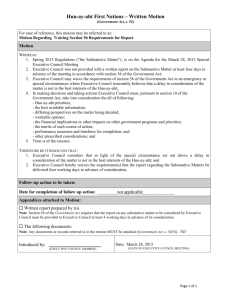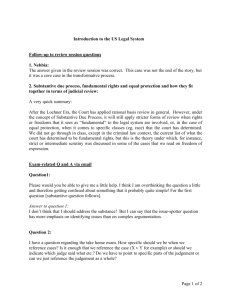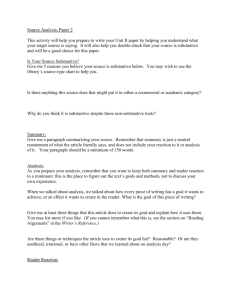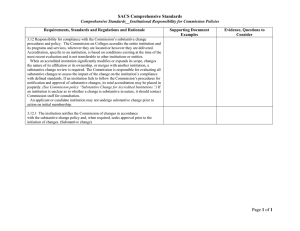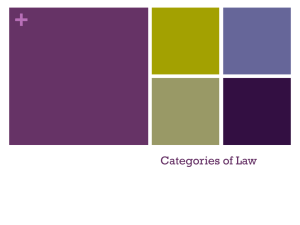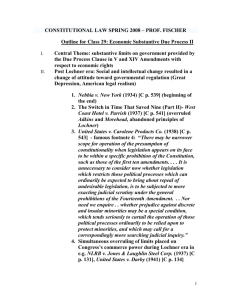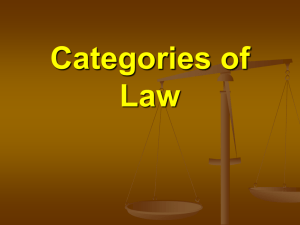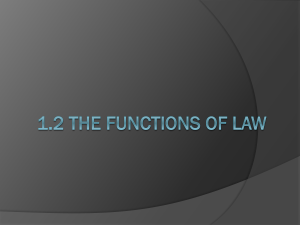Research Proposal Guidelines - University of Lausanne Economics
advertisement
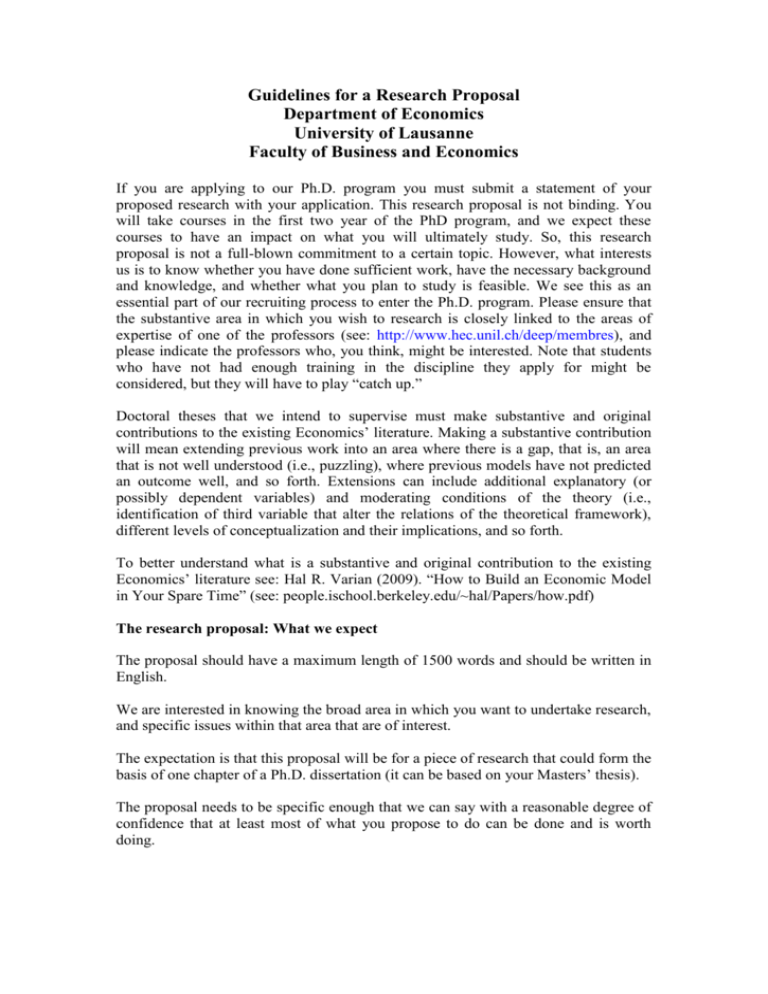
Guidelines for a Research Proposal Department of Economics University of Lausanne Faculty of Business and Economics If you are applying to our Ph.D. program you must submit a statement of your proposed research with your application. This research proposal is not binding. You will take courses in the first two year of the PhD program, and we expect these courses to have an impact on what you will ultimately study. So, this research proposal is not a full-blown commitment to a certain topic. However, what interests us is to know whether you have done sufficient work, have the necessary background and knowledge, and whether what you plan to study is feasible. We see this as an essential part of our recruiting process to enter the Ph.D. program. Please ensure that the substantive area in which you wish to research is closely linked to the areas of expertise of one of the professors (see: http://www.hec.unil.ch/deep/membres), and please indicate the professors who, you think, might be interested. Note that students who have not had enough training in the discipline they apply for might be considered, but they will have to play “catch up.” Doctoral theses that we intend to supervise must make substantive and original contributions to the existing Economics’ literature. Making a substantive contribution will mean extending previous work into an area where there is a gap, that is, an area that is not well understood (i.e., puzzling), where previous models have not predicted an outcome well, and so forth. Extensions can include additional explanatory (or possibly dependent variables) and moderating conditions of the theory (i.e., identification of third variable that alter the relations of the theoretical framework), different levels of conceptualization and their implications, and so forth. To better understand what is a substantive and original contribution to the existing Economics’ literature see: Hal R. Varian (2009). “How to Build an Economic Model in Your Spare Time” (see: people.ischool.berkeley.edu/~hal/Papers/how.pdf) The research proposal: What we expect The proposal should have a maximum length of 1500 words and should be written in English. We are interested in knowing the broad area in which you want to undertake research, and specific issues within that area that are of interest. The expectation is that this proposal will be for a piece of research that could form the basis of one chapter of a Ph.D. dissertation (it can be based on your Masters’ thesis). The proposal needs to be specific enough that we can say with a reasonable degree of confidence that at least most of what you propose to do can be done and is worth doing. The proposal should at least contain the sections below (you don’t need to label the sections according to what is written below, but you do need to ensure that you cover the substantive areas listed). 1. Title The title should clearly and succinctly convey the essence of the study. 2. Research problem/research questions/hypotheses/significance. Here, the research problem that you seek to address should be made clear. What is the puzzle that you are trying to solve? Why is it a puzzle? Try to write the research problem in question format. The research problem should be very pointed and focused, but not to the extent that it becomes trivial. You must identify why the problem is important (the questions that usually come to mind when reading problem statements are: “so what, who cares, what difference will it make to society?”) In other words, the study should clearly be important and make some unique/significant contribution to theory and/or practice. What are the hypotheses that will be tested (i.e., a statement, in null or substantive form, indicated a relation or difference between the variables)? 3. Basic literature review The literature reviewed (cite about 6 to 10 sources from peer-reviewed journals of international repute) should provide a strong enough theoretical and empirical foundation to support section 2 above (i.e., the research problems/questions should be distilled and naturally follow from the literature, which will also guide the hypotheses that need to be tested and predict the outcome of the study) and to set the tone of the study. The literature reviewed should provide the basis for the gap that you intend to fill with your study. 4. Anticipated methods The design of the study (i.e., survey method/cross-sectional design, experimental design, field study, longitudinal study, case study, etc.), is essential in terms of what type of data will be gathered, how it will be gathered, and the data-gathering instrument will be used. The intended sample must be clearly identified and justified. The data-analysis method must be clearly stated and justified, and support the hypotheses that are to be tested. 5. Anticipated findings and implications This section must logically follow from the literature review and the hypotheses. Provided you have strong theory, you must be able to have some preliminary ideas about the outcomes of the study. Implications for theory and practice must be clearly made. 6. References References/citations (and the style of the proposal) should follow common standards in international journals.
